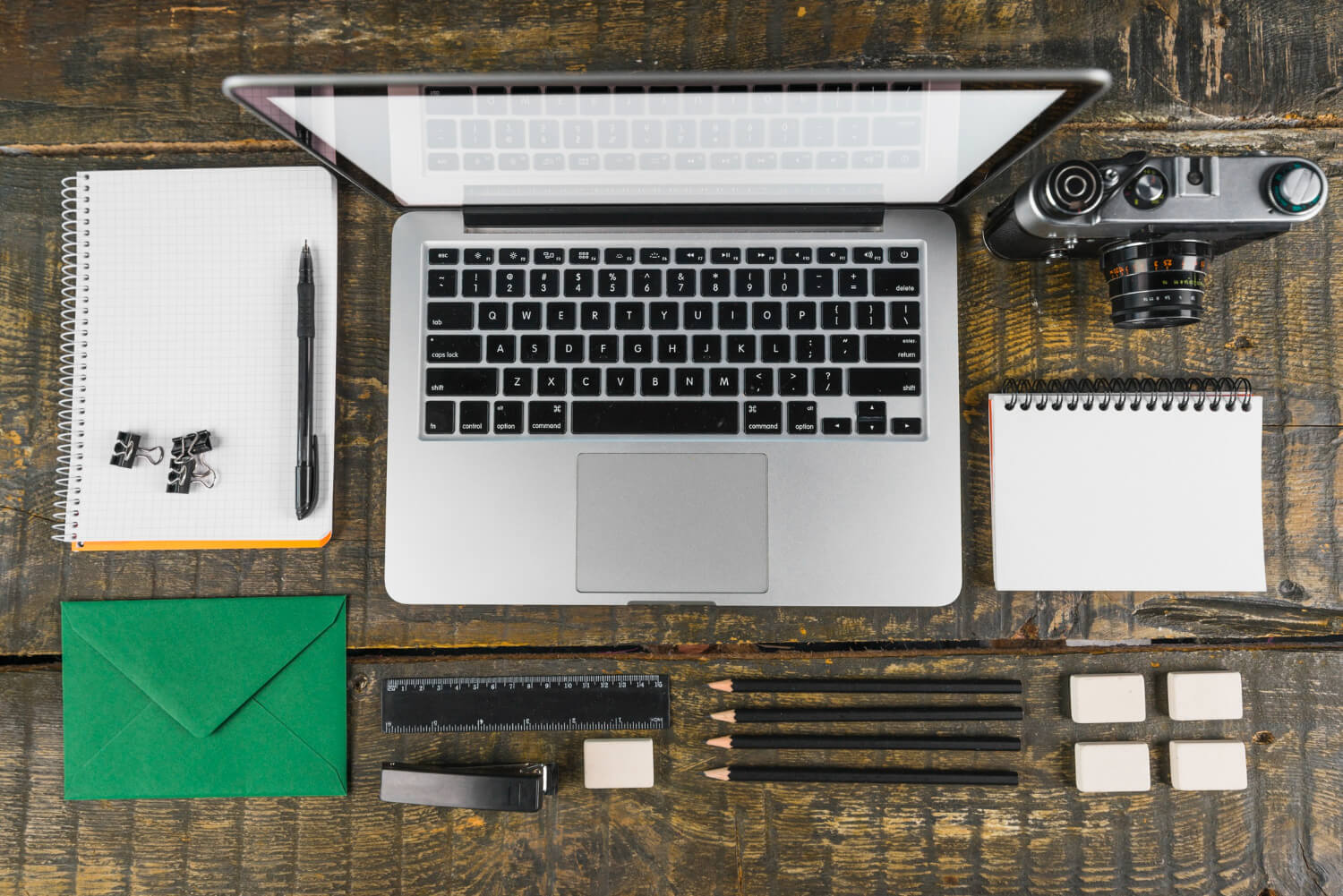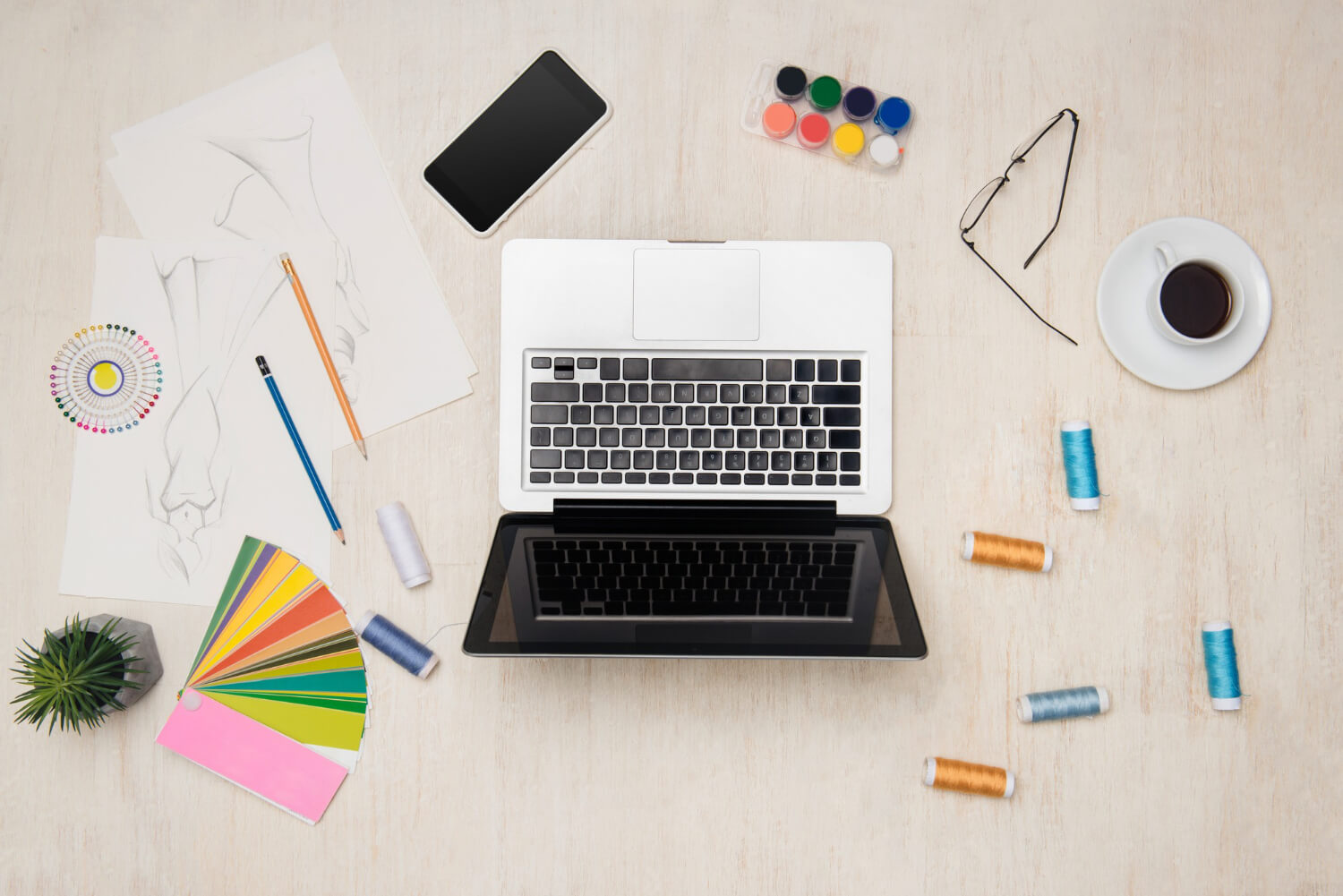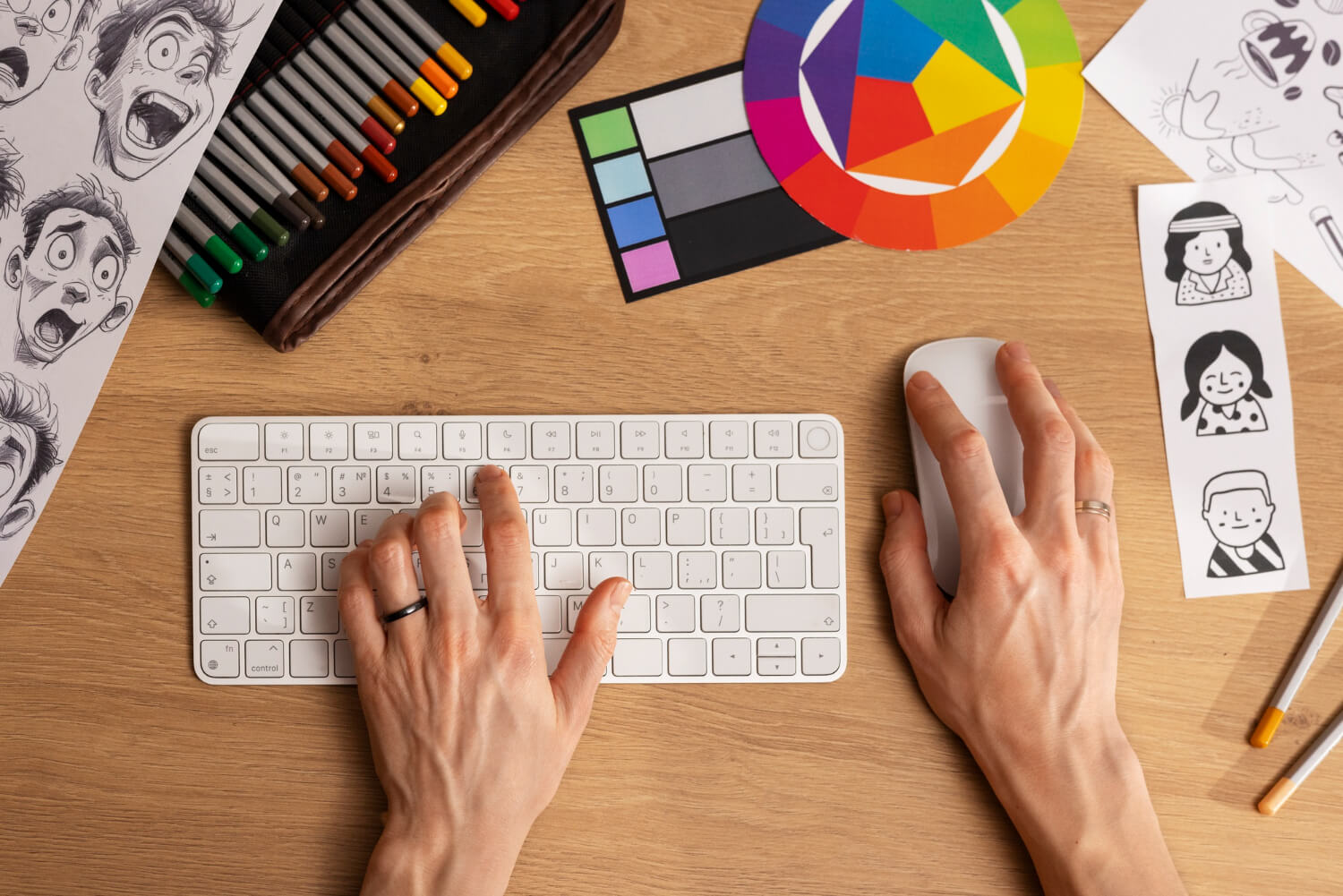Over the past two decades, digital crafting has transformed from a humble hobby into a thriving industry. What once centered around free clipart, basic templates, and stock fonts has blossomed into a vibrant world of fully personalized creations crafted with cutting-edge tools.
This evolution is not just about technological advancements but also the growing demand for uniqueness and individuality in a world saturated with mass-produced designs. If you’re a creative enthusiast, buckle up as we explore the fascinating progression of digital crafting—from its freebie-filled origin to the custom-crafted marvels of today.
The Early Days of Digital Crafting
In the early 2000s, digital crafting was, for many, an introduction to the realm of untapped possibility. Back then, the tools were simple, and so were the outputs. Microsoft Paint, free web-based clipart collections, and early versions of design programs like GIMP were the standard go-to resources. Whether you were making an invitation for a birthday party or designing a personal blog banner, freebies were the lifeblood of the creative process.
Remember those websites filled with downloadable fonts and clipart collections in .zip files? They became staples for budding crafters. Online forums and communities like DeviantArt sprouted, hosting free assets created by hobbyists. It was an exciting time, but the designs were often cookie-cutter. Free templates allowed crafting to be accessible to nearly anyone, but limitations in personalization were a challenge.
The Rise of Accessible Platforms
Enter the mid-2010s, a pivotal period when platforms like Canva started to roll out. Canva brought user-friendly drag-and-drop designs to the masses, and what was once a laborious process became as easy as choosing a template and making a few tweaks. Suddenly, more people could produce professional-looking designs without the steep learning curve of traditional software. Canva’s offering of free and paid graphics, fonts, and templates catered to casual users and small business owners, cementing it as a game-changer in digital crafting.

Parallel to this were advancements in Adobe Creative Cloud, offering more powerful tools like Photoshop, Illustrator, and After Effects for more serious creators. Adobe adapted by bundling its products into subscription models, making professional design tools more financially accessible than buying standalone software. The pairing of accessible platforms and growing tools allowed digital crafters to evolve from tinkering hobbyists to capable creators.
Consumer Demand and the Shift Toward Uniqueness
While technology made crafting simpler, a major shift was also happening on the consumer side. A growing demand for uniqueness started to take root as consumers became tired of one-size-fits-all designs. Social media platforms were booming, and having an Instagram feed that stood out became as desirable as having unique business branding.
Generic wasn’t good enough anymore. People were looking for templates and designs that resonated with their personalities and told their stories.
This demand for customization fueled the rise in popularity of Etsy, an online marketplace where creators could sell unique, handmade, or custom digital items. From personalized wedding invitations to digital planners tailored specifically to an individual’s lifestyle, Etsy proved that people were willing to pay for something distinct.
Sellers began leveraging tools like Canva and Adobe to create templates buyers could easily customize. The result? A win-win collaboration between accessible design tools and platform-heavy marketplaces.
Technology Meets Creativity
Technological advancements in the design of software and tools have opened a whole new level of creative potential. Today, artificial intelligence (AI) and machine learning are rapidly changing the way we craft. Platforms like Adobe Firefly integrate AI-powered tools to help with processes like background removal, content-aware fills, and design suggestions. These tools save creators time, allowing them to spend more energy on the artistry of their craft.
Even Cricut machines, which blend physical crafting with digital precision, have made it possible to turn vector designs into real-world items. You can now draft a gorgeous design on a laptop and have it cut into vinyl, paper, or fabric in minutes, merging the digital and tangible worlds. This fusion of manual craftsmanship and digital technology has broadened the scope of what modern digital crafters can achieve.

Personalized Creations in the Modern Era
Fast forward to today, and the focus on personalized, custom creations is at an all-time high. Whether it’s a bespoke logo for your small business, a one-of-a-kind wedding logo, or even unique social media templates, almost everything can be tailored to fit specific needs. Consumers crave designs that reflect their individuality, and creators deliver just that.
Platforms like Canva now offer hyper-customization features, from resizing templates for specific platforms to integrating your own brand colors, logos, and fonts. Adobe Creative Cloud remains a favorite for its advanced tools, allowing professionals to push creative boundaries for truly unique results. Meanwhile, marketplaces like Creative Market give creators premium access (and often indie-designed) assets that can help take any project to the next level.
Social media has joined the party with tools like Instagram Story templates, Snapchat filters, and TikTok video editors, allowing everyday users to craft aesthetically pleasing content with minimal effort. Thanks to evolving technology, crafting is no longer about just getting an idea across but about doing so with style and uniqueness.
The Future of Digital Crafting
What’s next? With the growing popularity of augmented reality (AR) and virtual reality (VR), the future of digital crafting will likely include interactive experiences that immerse users in their creations. Imagine designing graphics and a 3D experience where users can interact with your work in a virtual space.
AI is also set to become even more powerful, enabling ultra-personalized designs at an unprecedented speed, while blockchain technology could pave the way for digital crafting in the world of NFTs (non-fungible tokens). The future is limited only by imagination, and with new tools emerging every day, the digital crafting landscape will continue to push the boundaries of creativity.

